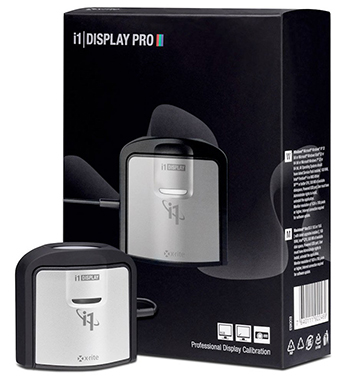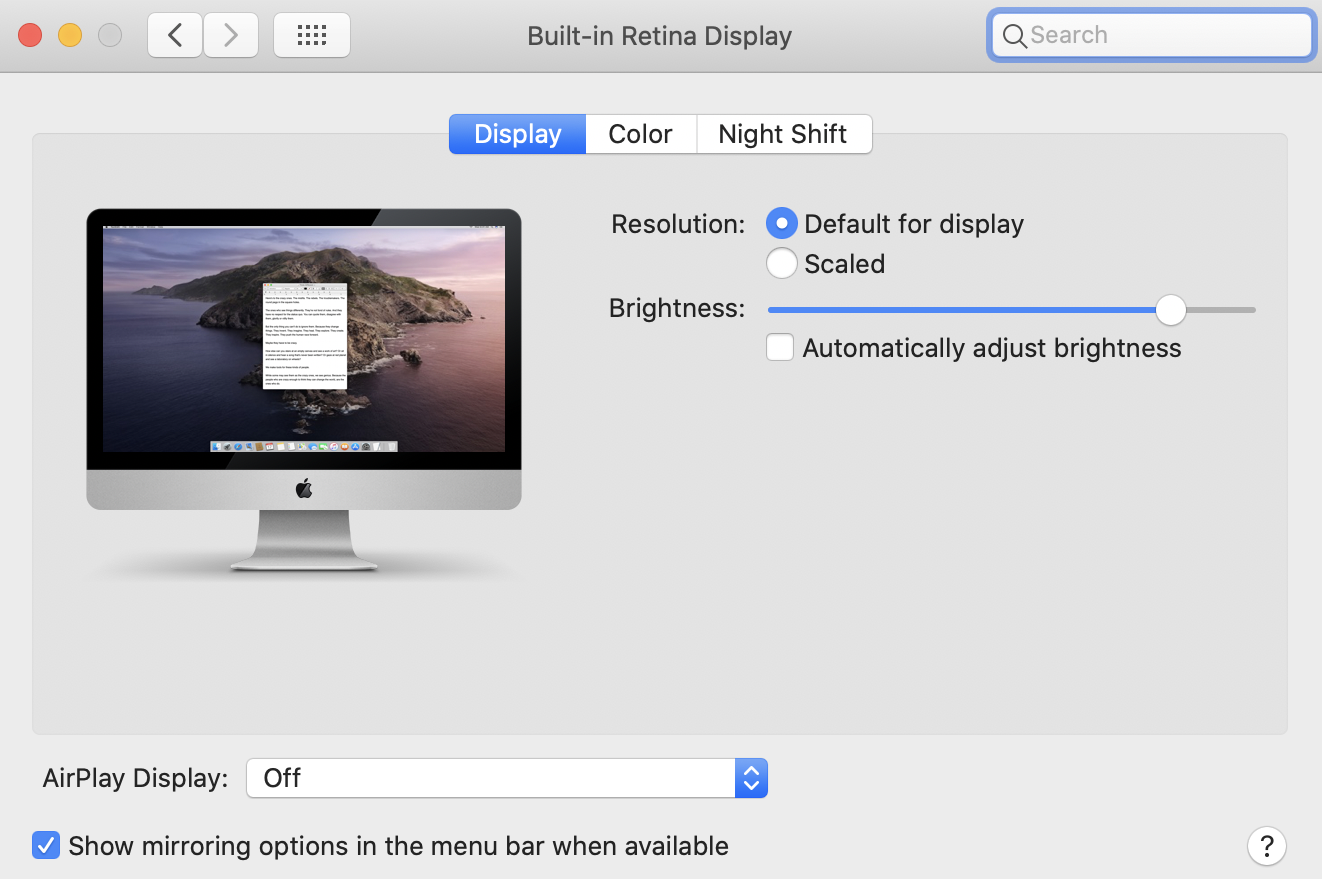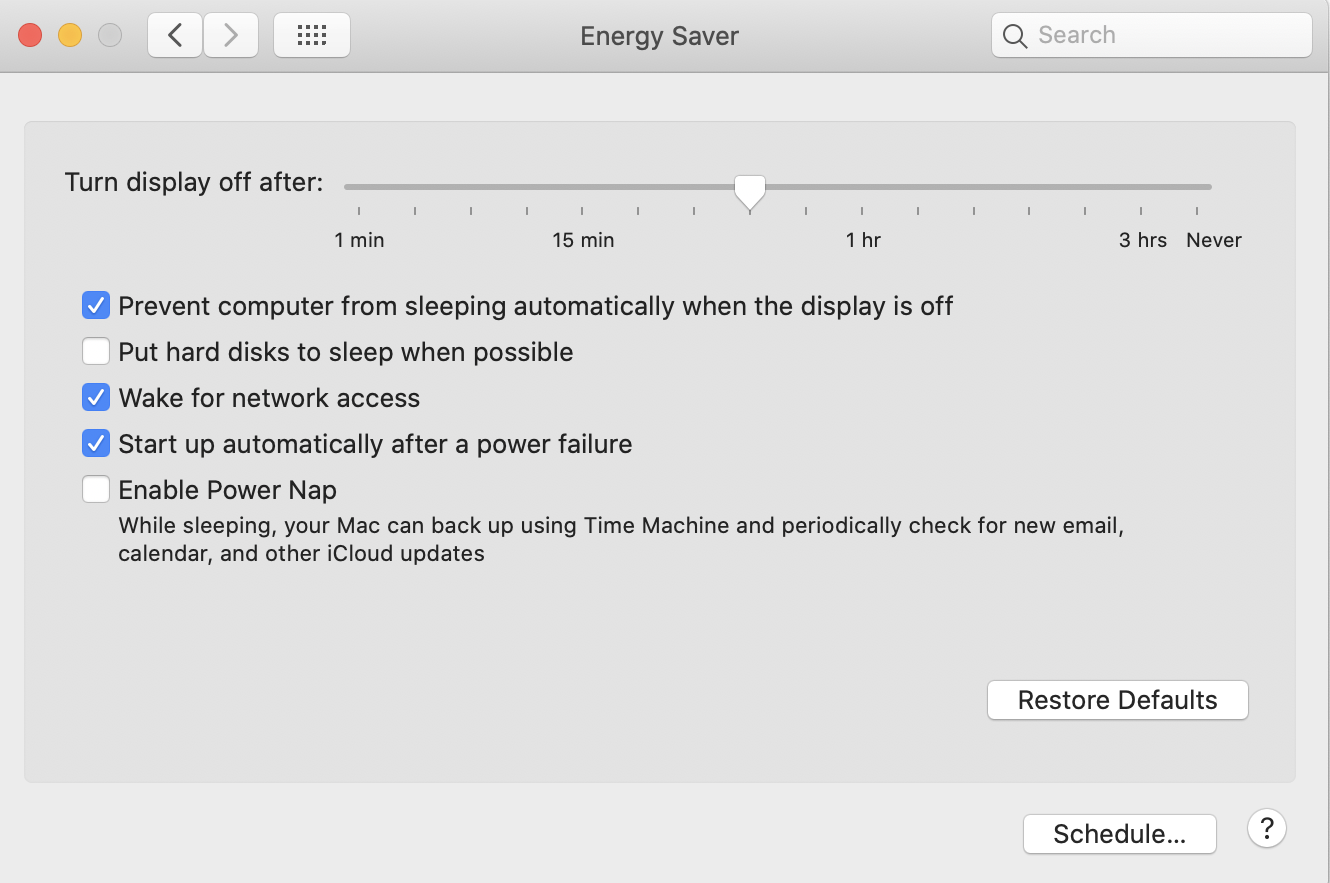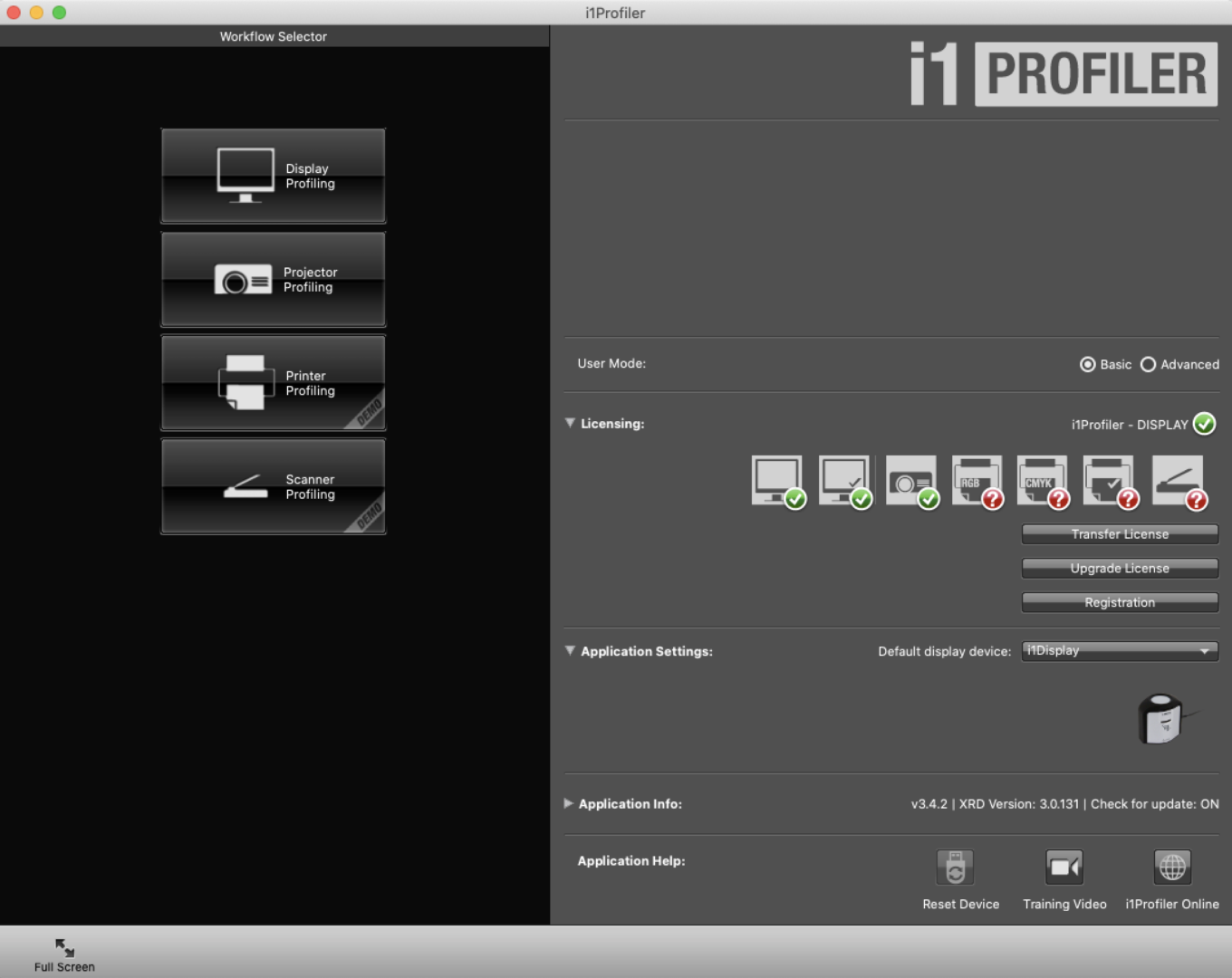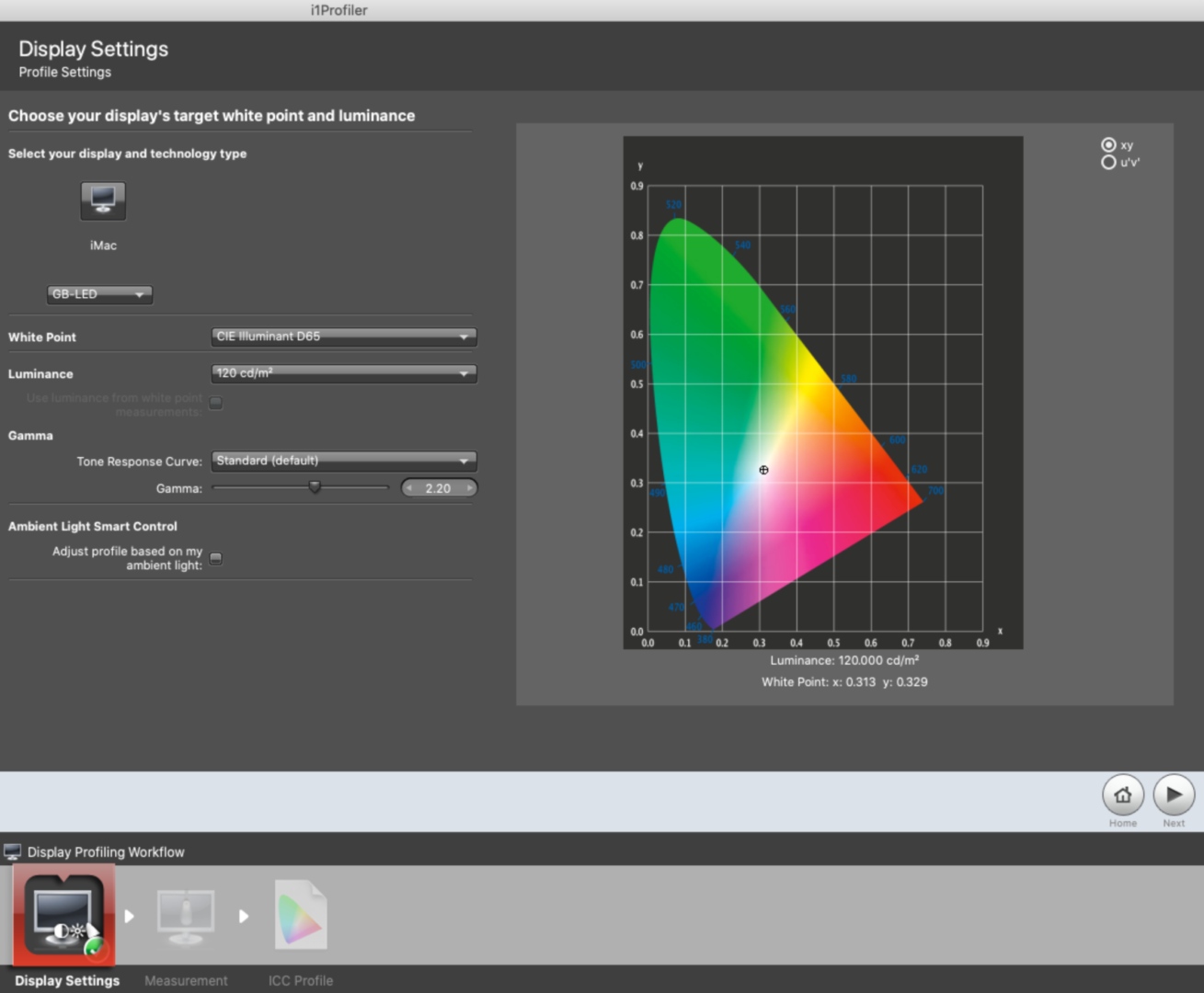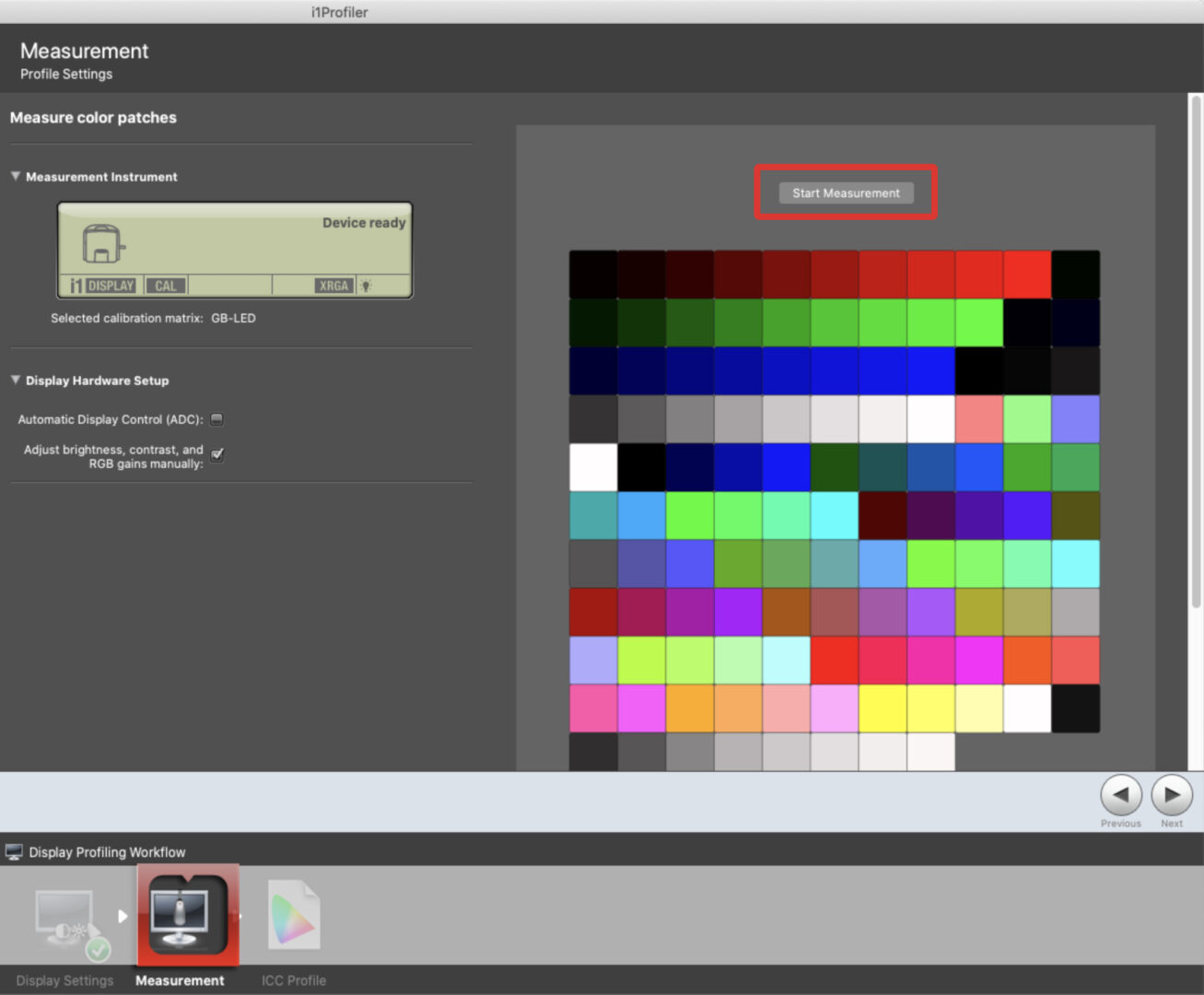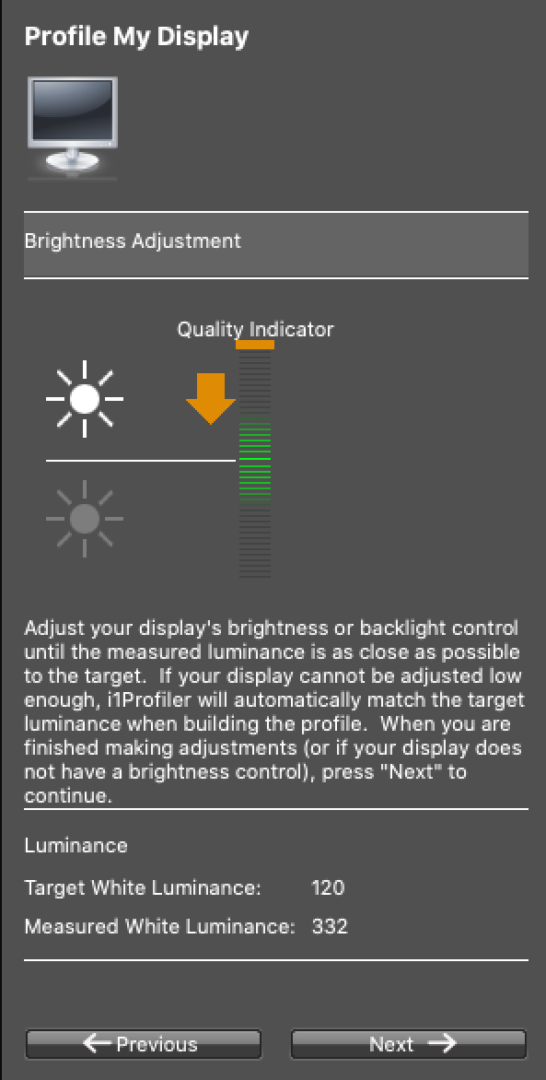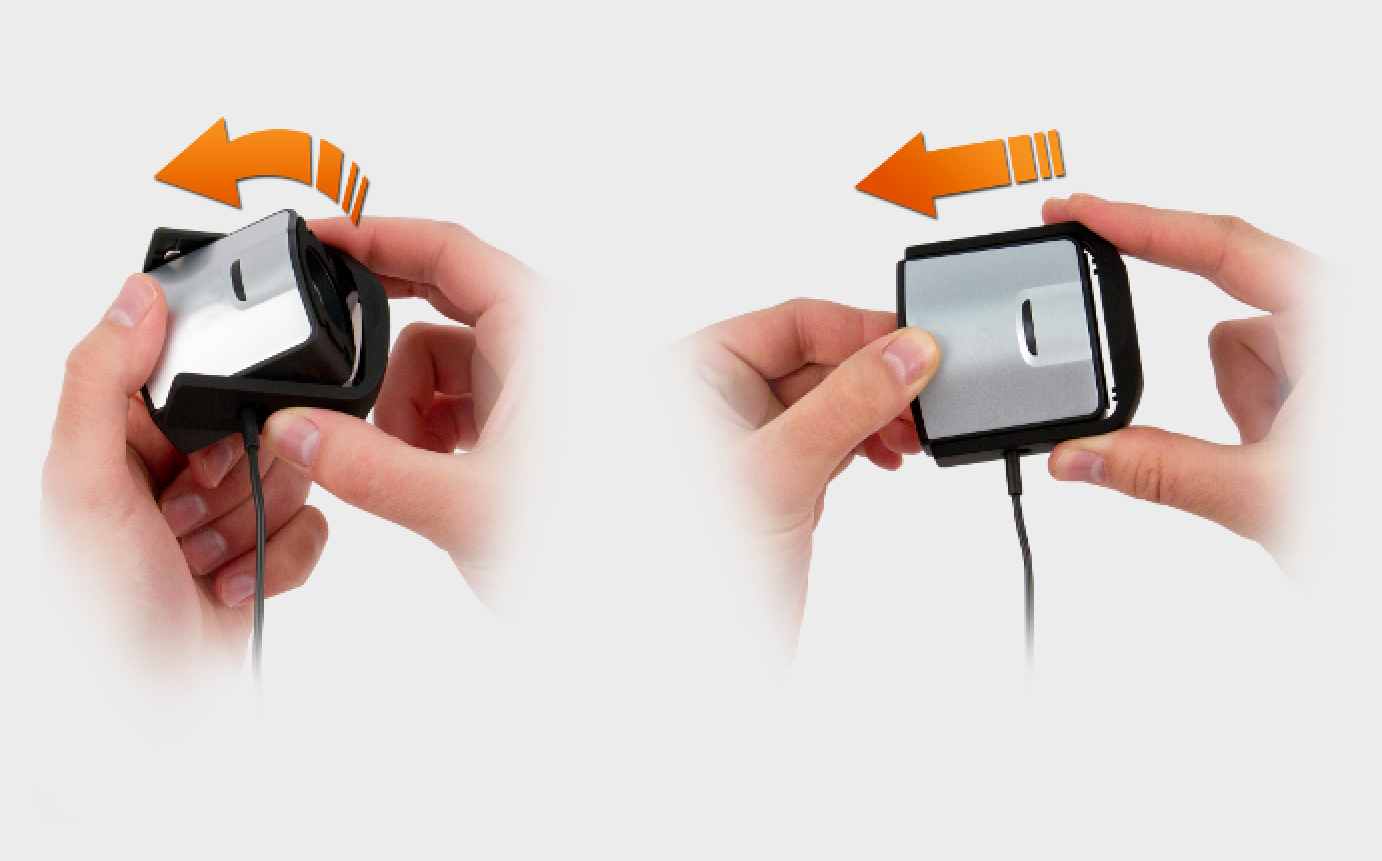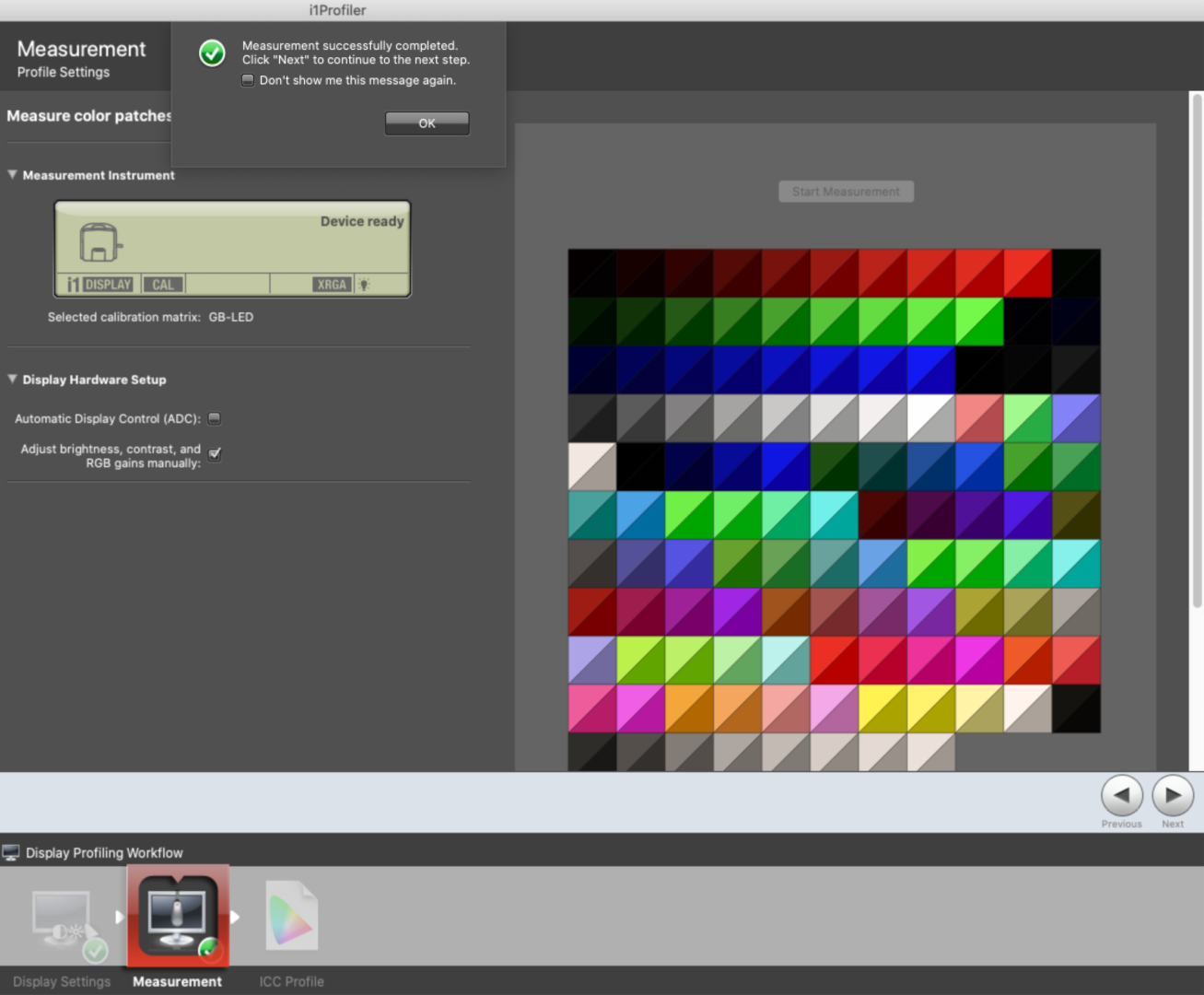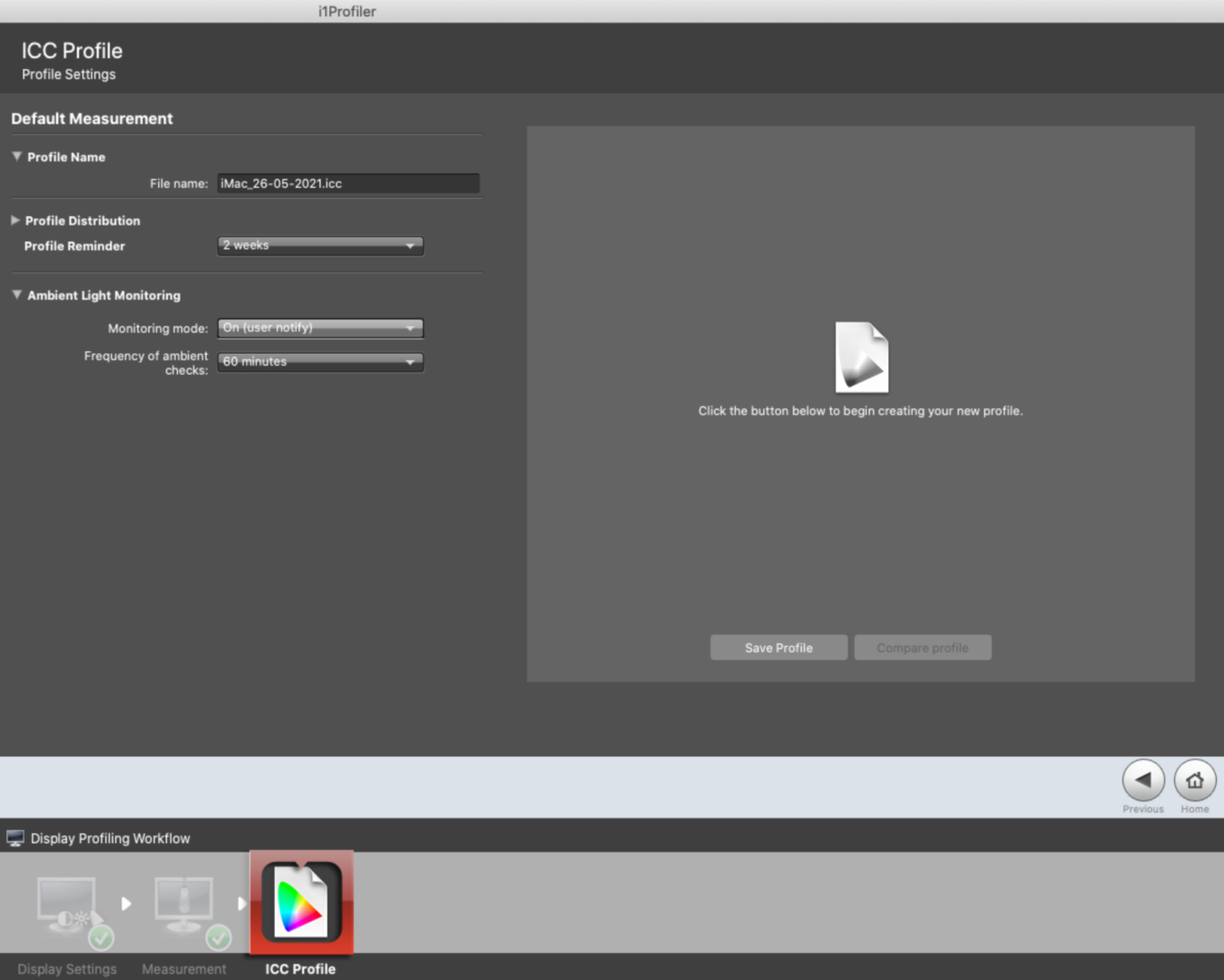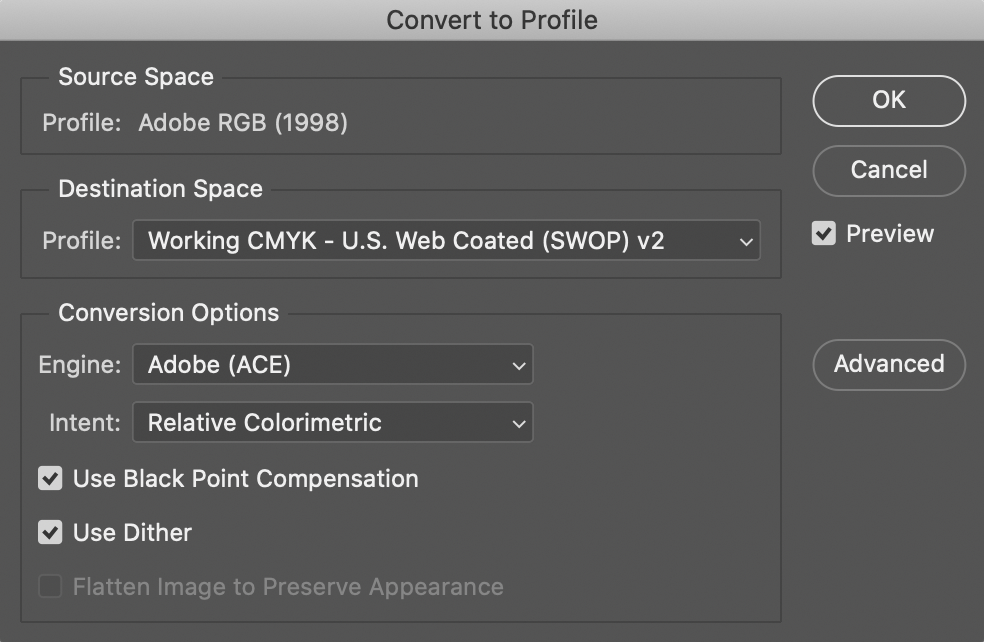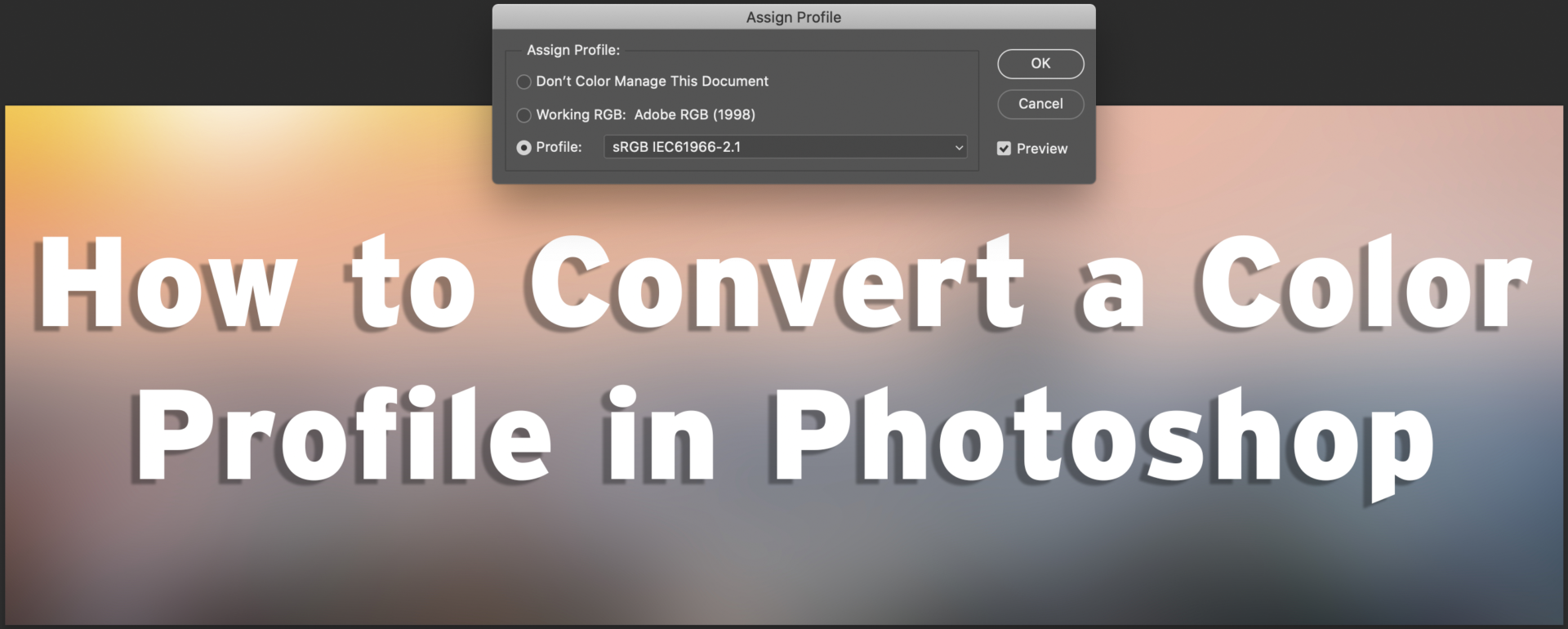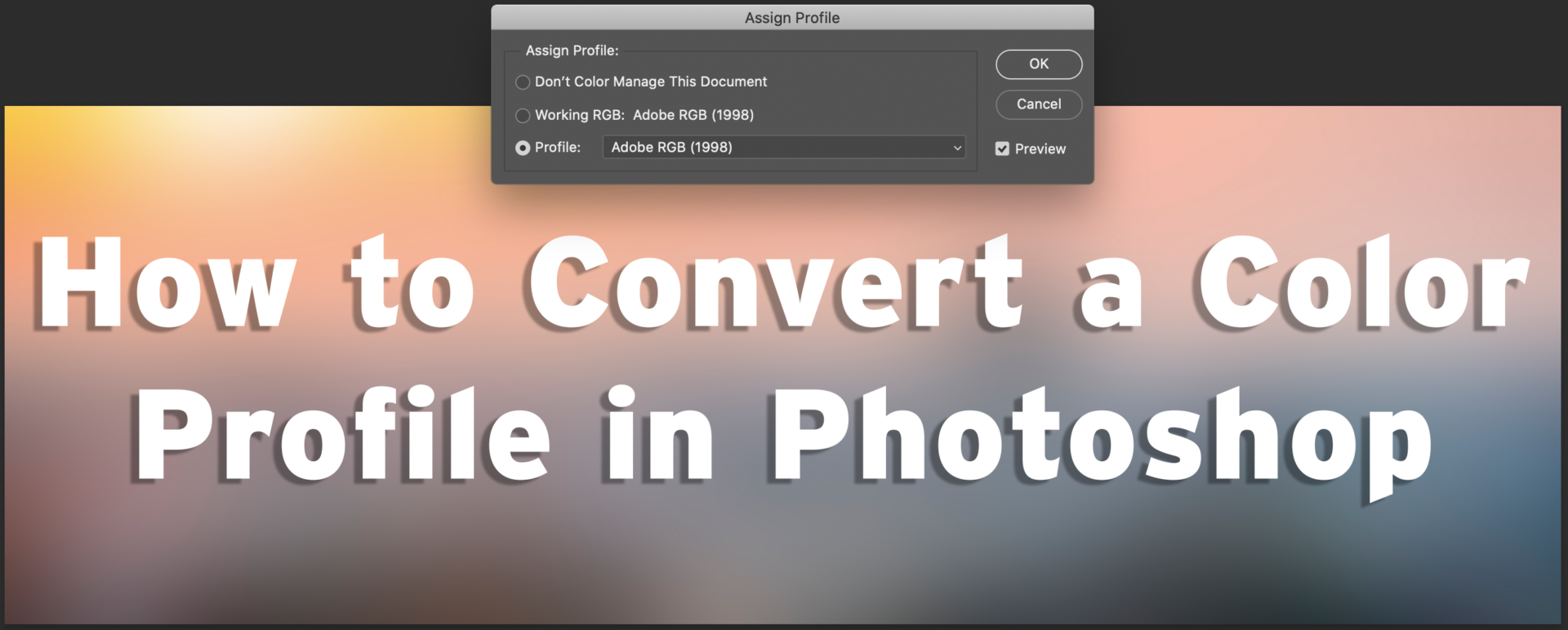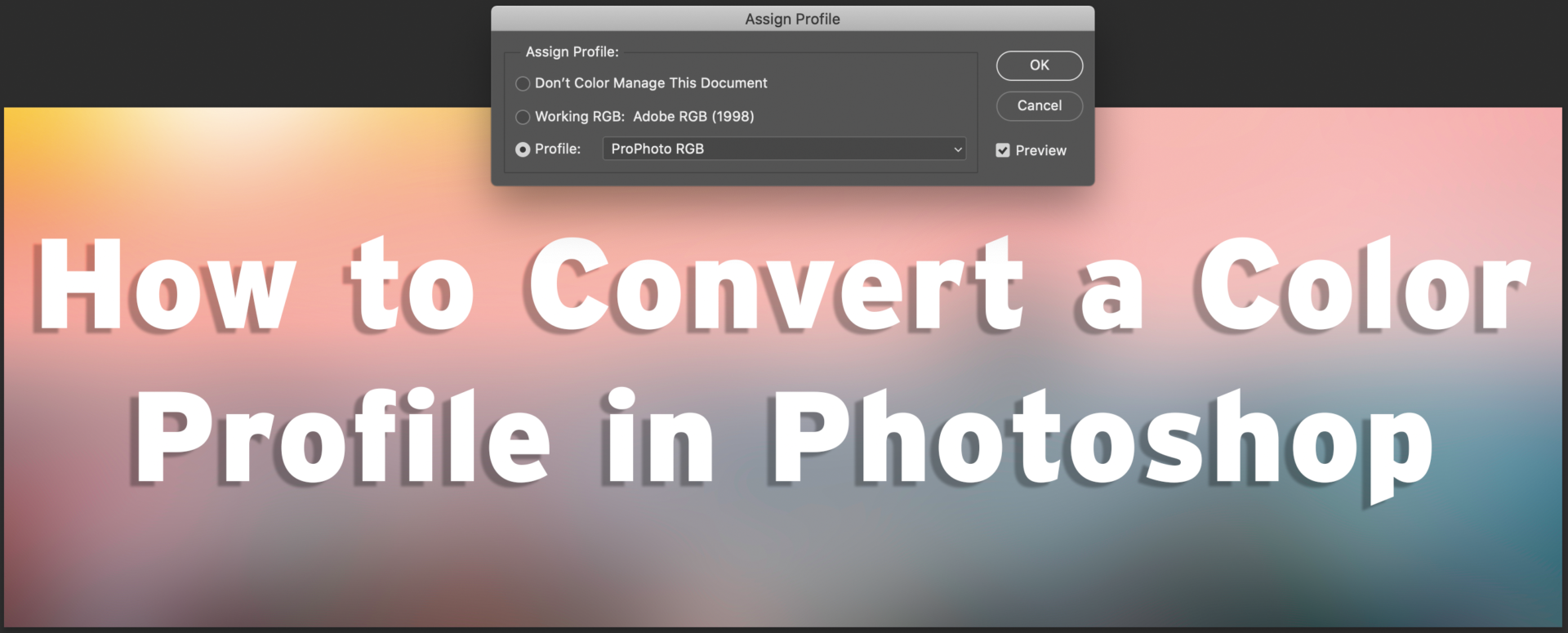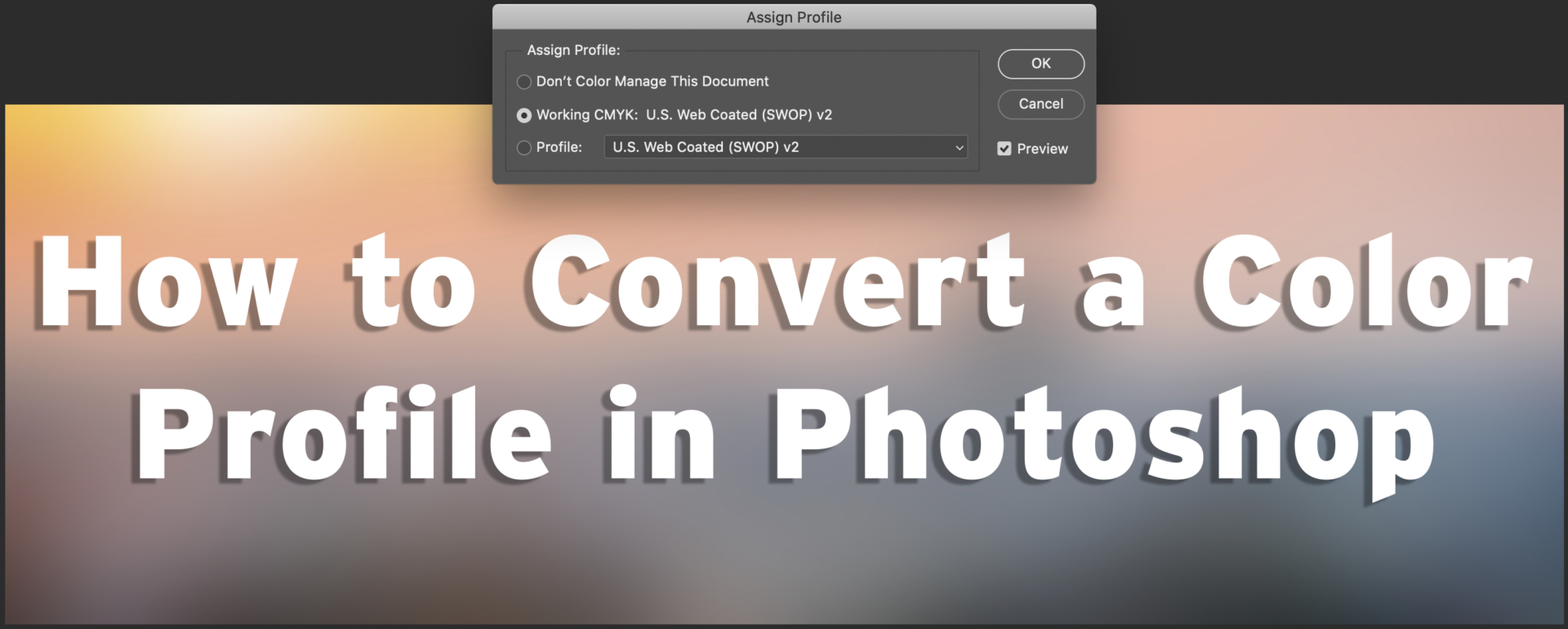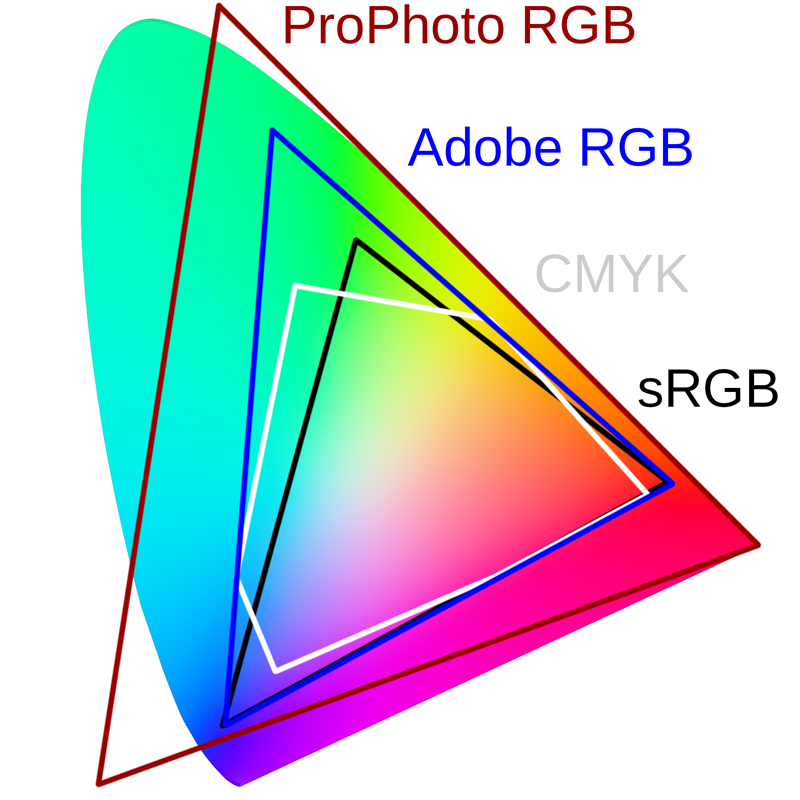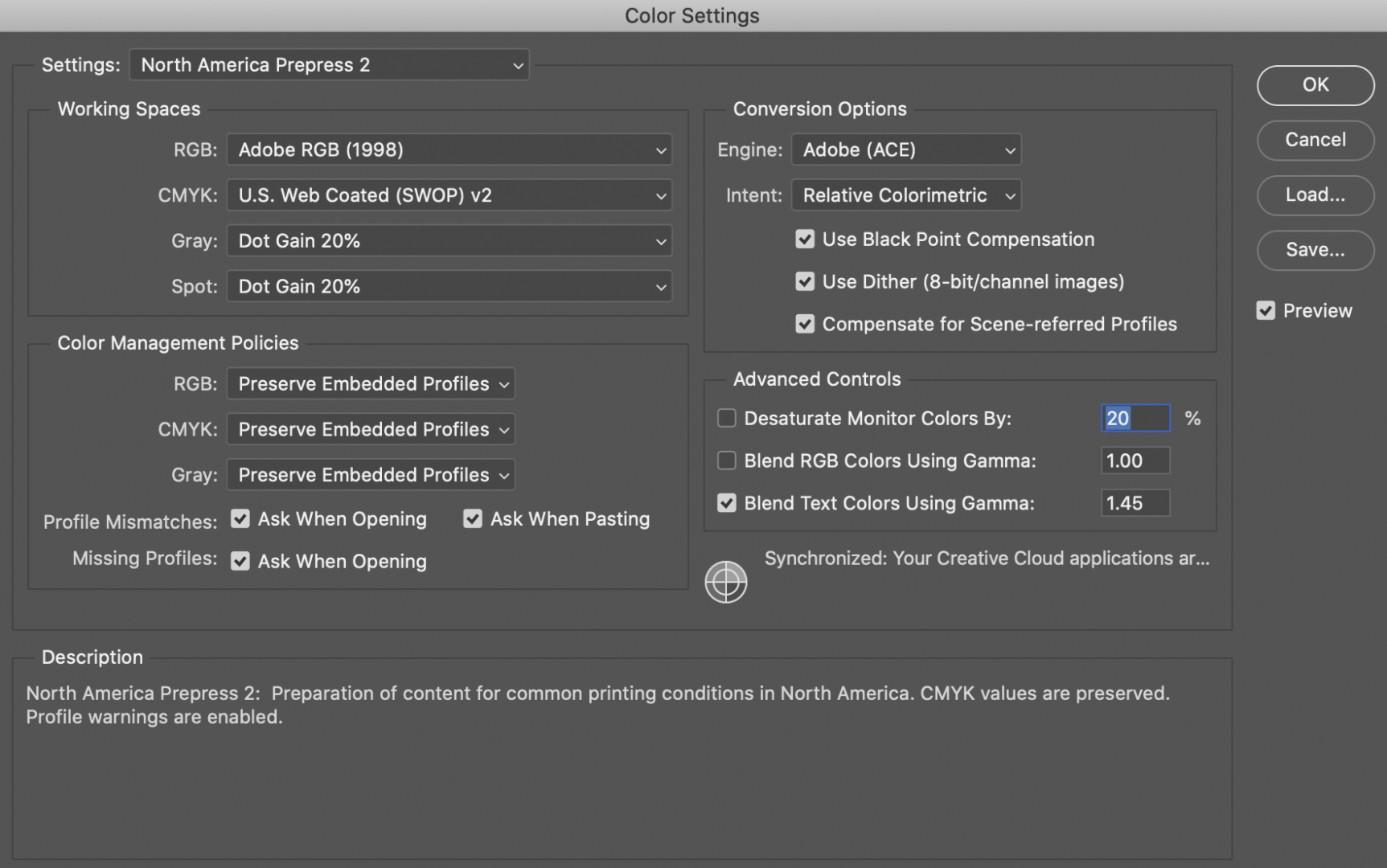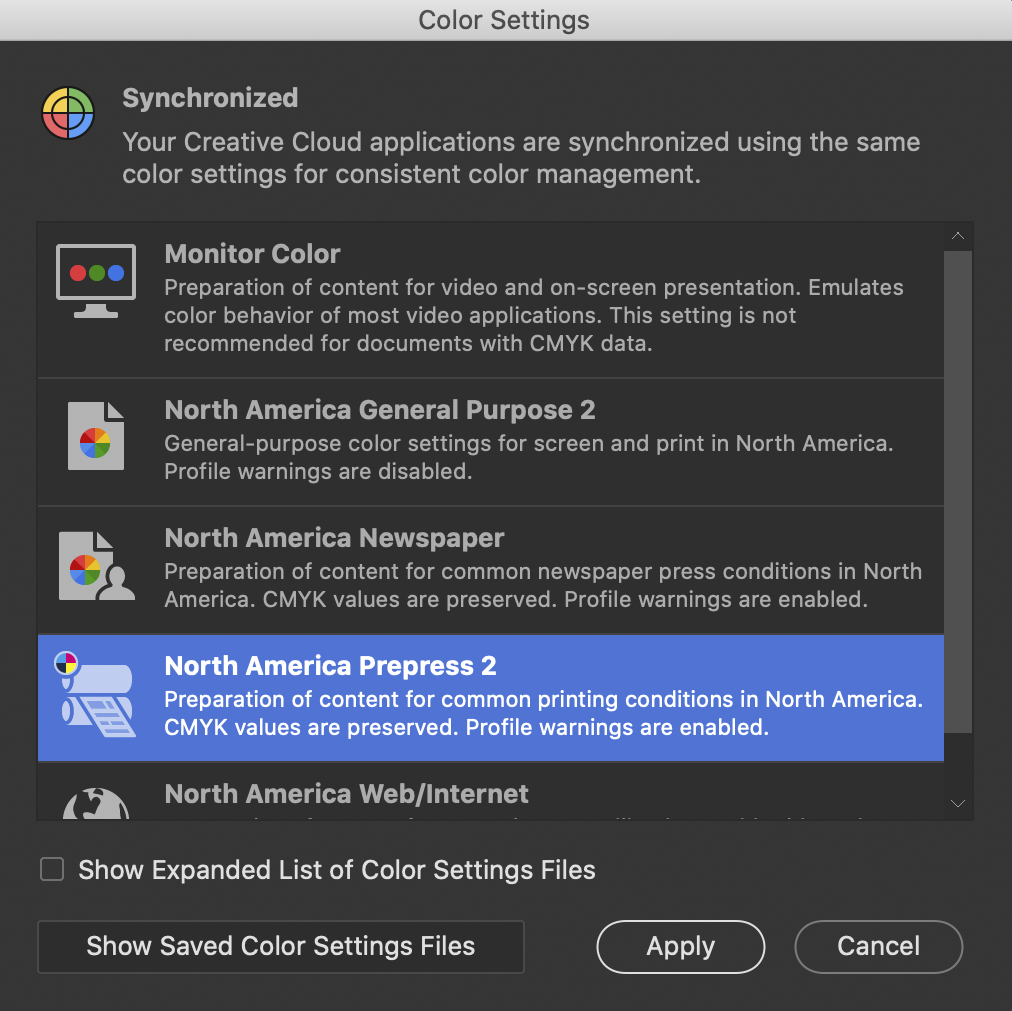Check out an i1Display Pro from the IC to correct the color on your monitor, tablet, or mobile device. For information on how to profile your device, please visit our step by step instructional guide by clicking HERE.
Checkout Policy
To calibrate your laptop or device, make a reservation appointment via Calendly to check out a device from the Imaging Center.
Equipment can only be checked out in person by appointment. The IC does not accept ‘walk-ins’.
Imaging Center equipment checkouts are free for current CCS students, staff, and faculty.
Patrons must present a current CCS ID in order to check out equipment. No ID = No Checkout.
Students may keep the equipment for no more than 24 hours for each checkout and can renew the items one consecutive time. Students cannot check out equipment over weekends and school breaks (Thanksgiving, Christmas, Spring Break, etc.).
The patron is fully responsible for the care and safeguard of all equipment that they check out. The student is responsible for paying close attention during the time that the equipment is being checked out to them. Read and sign the check-out agreement to avoid mistakes.
The patron must check for equipment damage before they take it. Report any faulty equipment and return it immediately.
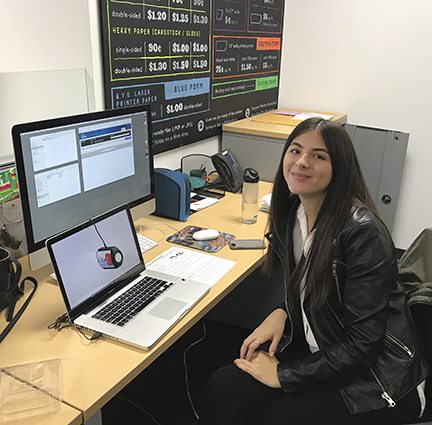
Return Policy
All equipment must be returned on time.
A return time & date will be agreed upon when you check out the item. A calendar appointment will be made on your behalf as an appointment for you to return the item.
All equipment must be returned in the condition in which it was checked out (cords wrapped, cases packed neatly and clean).
It is encouraged that the patron stays and observes the IC staff while they check in returned equipment.
All checkouts returned to the Imaging Center before 3:30pm on Fridays.
Equipment will be sanitized upon return to the Imaging Center.
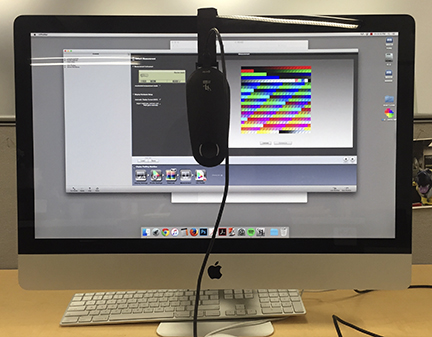
Overdue Equipment Policy
Students, Staff, and Faculty are subject to late fines and replacement fees. Emails are sent via CCS email to notify the patron of overdue equipment.
Equipment overdue by more than 24 hours will result in the suspension of checkout and potentially printing privileges.
Equipment overdue by more than 72 hours will result in a replacement fee and indefinite suspension of check-out & printing privileges. Students will have a hold placed on their academic accounts.
Lost, stolen, or damaged equipment will result in a mandatory, non-negotiable, full replacement or repair charge.
An official police report must be submitted for stolen equipment or we will assume that you, the patron, stole the equipment.
Consecutive overdue returns may result in the semester suspension of check out and/or printing privileges.
Threatening or rude conduct toward any IC staff member will result in the permanent loss of your checkout and/or printing privileges.
Fines may be paid in the Imaging Center.
Only IC management can override policy terms


